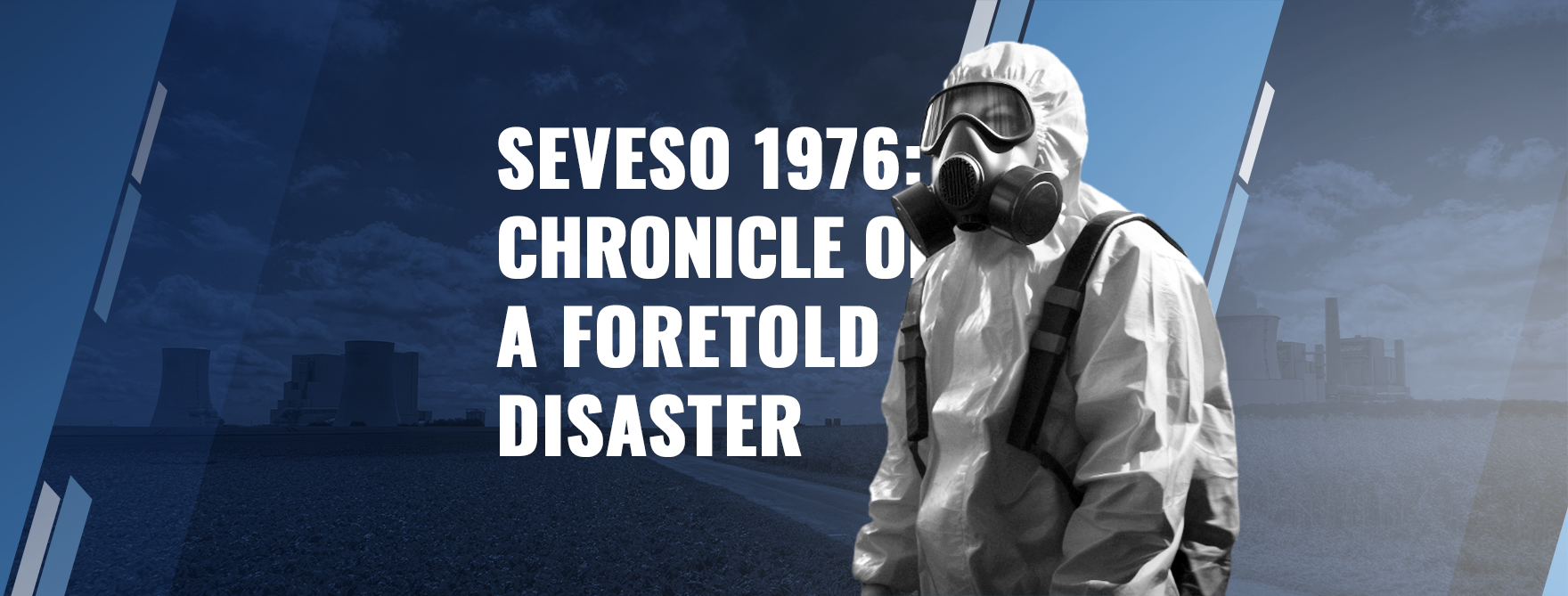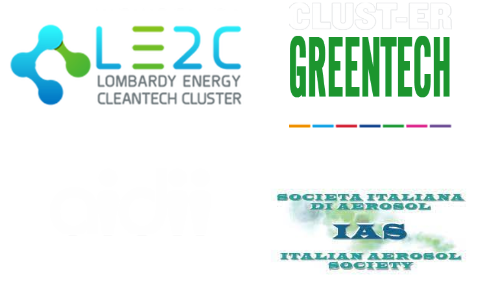TOPICS
Seveso 1976: chronicle of a foretold disaster
WHEN INDUSTRY FORGETS ITS RESPONSIBILITY, IT’S THE COMMUNITY THAT PAYS THE PRICE
On July 10, 1976, at around 12:40 PM, a technical failure at the Icmesa plant — located between Meda and Seveso, in the province of Monza and Brianza — caused the release of approximately 15–18 kg of 2,3,7,8-tetrachlorodibenzo-p-dioxin (TCDD) into the atmosphere, one of the most toxic known dioxins.
The toxic cloud spread over an area of more than 18 km², heavily affecting the towns of Seveso, Meda, Desio, Limbiate, and Cesano Maderno.
Within hours, hundreds of animals died on the spot. Over 700 people were evacuated, and hundreds of hectares of land were contaminated. A complete cleanup of an entire residential area — now known as “Zone A” — became necessary, where TCDD pollution reached critical levels.
Just two days after the accident, the first cases of chloracne were recorded (193 to date), a skin disease linked to dioxin exposure.
Epidemiological studies on 280,000 people revealed, in the most contaminated areas, a significant increase in lymphatic and hematopoietic cancers, especially non-Hodgkin lymphomas and myelomas, along with a rise in mortality from heart disease, lung disease, and diabetes.
👉Source: Epicentro – ISS
AN INDUSTRIAL DISASTER CAUSED BY OPERATIONAL NEGLIGENCE
The Seveso tragedy was not a random event, but the result of a chain of negligence.
The plant operated without proper containment measures, lacked an effective alarm system, and had no structured chemical risk management plan. Staff were not trained to handle such emergencies. And most importantly, no one was truly monitoring.
What happened was the direct consequence of a short-sighted industrial culture that viewed environmental safety as a hindrance to production, not as a core value. There were no reliable environmental monitoring systems, no strict protocols for analyzing air, soil, or water.
There was only the illusion that “nothing will ever happen.”
This tragic event led to stricter regulations, including the European Union’s Seveso Directive, which still governs the prevention of major industrial accidents.
But regulations alone are not enough. We need companies that believe in their role, that take on real responsibility, and that make prevention both a technical and ethical mission.
A LESSON TOO QUICKLY FORGOTTEN?
Almost fifty years later, we ask ourselves: have we really learned anything?
In a world where the word “sustainability” is often used as a slogan rather than a guiding principle, where safety is outsourced instead of internalized, we risk repeating mistakes we thought we had left behind.
There are still too many organizations that see regulatory compliance as a burden rather than an ethical duty. Still too many companies that do only “the bare minimum.” But safety, health, and the environment are never optional.
OUR COMMITMENT: BEYOND OBLIGATION, BY CHOICE AND CONVICTION
TCR Tecora is based in this very area, just a short distance from what was once the evacuated “Zone A” in 1976. We cannot ignore this history — it is part of our regional identity. Working in the field of environmental monitoring here means assuming a double responsibility: technical and moral.
Every product we make, every sampling system, every measurement instrument we design is intended to prevent what could not be avoided in 1976: the uncontrolled release of toxic agents into the environment and the air we breathe.
SAFETY IS NOT A CERTIFICATION TO DISPLAY. IT’S A DAILY CHOICE
For TCR Tecora, working in environmental monitoring means going beyond legal requirements.
Our DECS sampler, for dioxins from chimneys, is MCerts and TÜV certified — a European guarantee of quality and reliability. Devices like Echo Hi-Vol (for atmospheric particulate) and Echo Emergency (designed for environmental emergencies) do not require certifications, yet they are built to the same strict standards for the sampling of organic micropollutants.
Each of our products is developed to last, to be validated in the field, and to provide useful data for decision-making. Because poor-quality or unverifiable instruments are not just a technical risk — they are a threat to public health.
Those who work in this field without taking full, technical and moral responsibility are not just compromising the quality of their work — they are undermining the trust that citizens and institutions place in science and environmental monitoring.
At TCR Tecora, we do not forget Seveso. That’s why we choose, every day, the more demanding path: rigor, transparency, and conscience.
Memory is not enough. Responsibility is needed.




